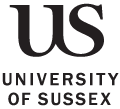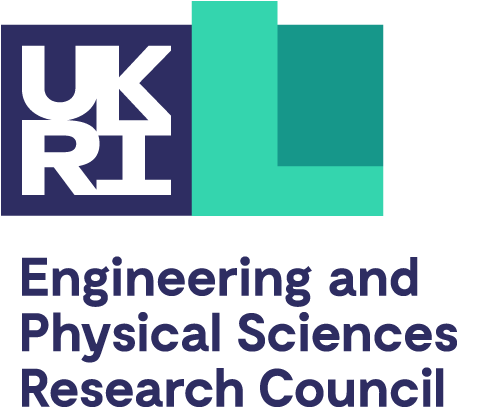Research
The QIST CDT is embedded in three internationally leading research groups, the Quantum Engineering Technology Laboratories (QET Labs), the Bristol Quantum Information Institute, and the Sussex Centre for Quantum Technologies (SCQT).
Research at Sussex
The University of Sussex has a long-standing internationally-leading reputation in trapped-ion quantum computing. Sussex hosts two major ion trapping research groups operating over 11 separate ion trap experiments as a platform to develop quantum computing, quantum simulation, quantum networking and quantum clocks. The University stands out as one of the largest ion trapping centres in the world. The IQT group is developing practical, utility-scale ion-trap quantum computers. Sussex researchers pioneered the first strong interaction between an ion and a photon and theoretical research from the centre has given rise to an experiment that has been taken up by the International Space Station. From building practical quantum computers, constructing a quantum internet, realising a quantum radar to detecting brain activity via quantum sensors, Sussex is a critical mass concentration for the development of the wide range of quantum technologies with highly disruptive industry applications.
You can find our research areas here:
Below are some recent research highlights:
Research at Bristol
With multiple key breakthroughs in the past decade that will lead to the development of large-scale quantum technologies in the future, photonics is one of the technological platforms leading the way.
With the development of the resource and the integrated quantum chip, the University of Bristol spearheaded this quantum revolution. Now researchers at the University of Bristol push photonic quantum technologies forward while integrating with other quantum platforms.
You can find our research areas here:



